Beyond Palmyra: Before and after photos of Isis and Assad regime damage to heritage sites in Syria
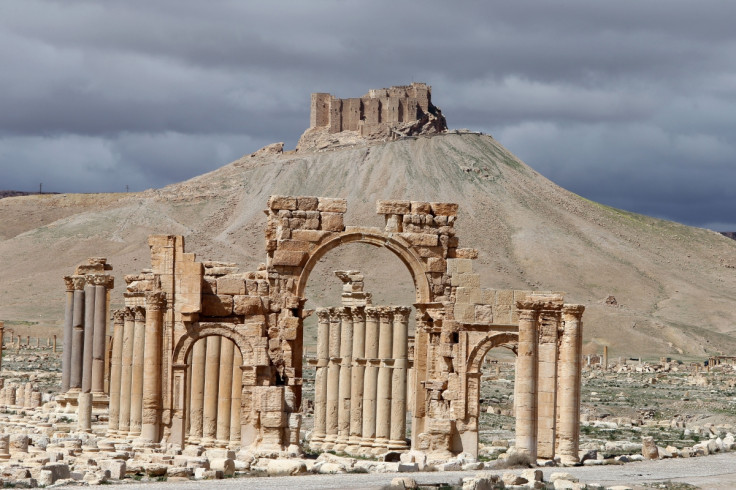
A group of archaeologists documenting the widespread damages caused to Syria's unique heritage say that the destruction of Palmyra is just the tip of the iceberg – as many other sites have suffered in the five-year conflict, often at the hands of the regime.
The precariousness of the country's historical treasures was brought under the spotlight by the scenes of devastation revealed after troops, loyal to Bashar al-Assad, recaptured the ancient city from the Islamic State (Isis) on 27 March.
During its rule over the Unesco World Heritage site, IS (Daesh) blew up temples, tombs and shrines that it considered blasphemous. The Islamist group had already advertised its iconoclastic violence, posting online images of its militants flattening several invaluable sites with explosives.
Photos published after the jihadis were ousted from the 2000-year old city once known as the "pearl of the desert" showed an even a grimmer picture. Artefacts housed in the National Museum of Palmyra were deliberately defaced, with statues toppled or beheaded, suffering a similar fate to their homologous in the Iraqi city of Mosul which museum was stormed by pickaxe-wielding extremists last year.
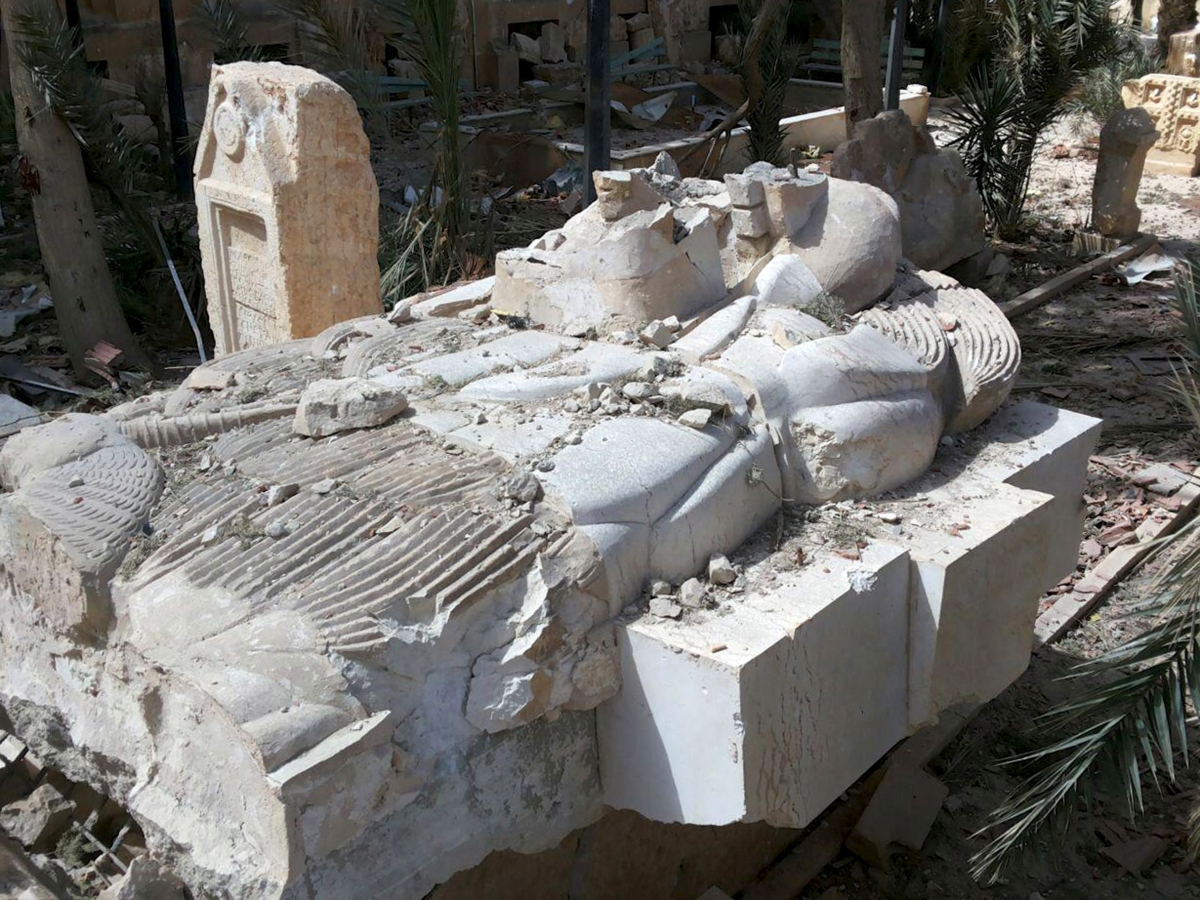


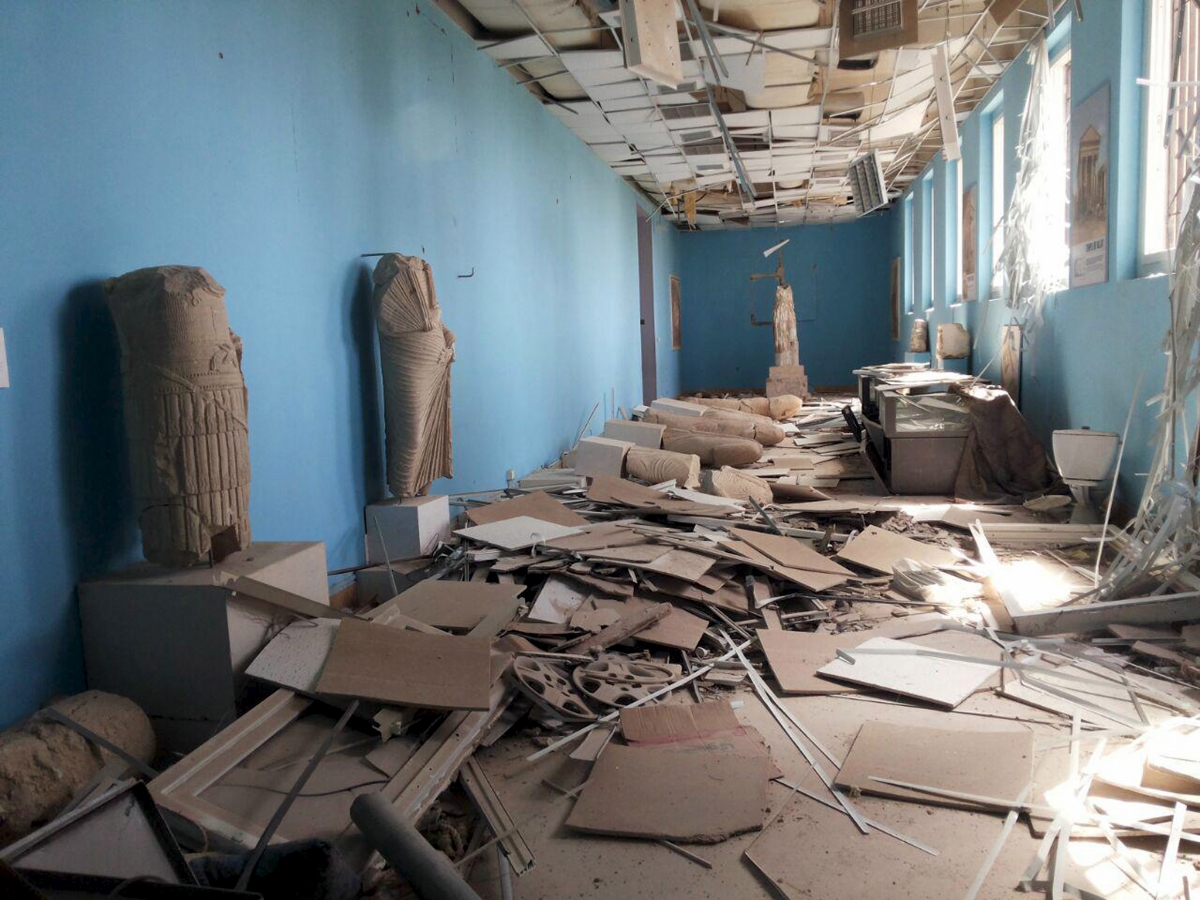



Although Isis was to blame for most of the destruction, members of the Association for the Protection of Syria Archaeology (Apsa) said it would be a mistake to see Assad as a liberator, and Syria's heritage champion for the regime itself played a role in the ruin of Palmyra.
French archaeologist Martin Makinson said looting was rampant in the city well before it fell into Isis hands. "The looting took place before [when] Palmyra was controlled by the regime, with officers implied," he told IBTimes UK.
The 13th century castle overlooking the city was also damaged as it came under fire during the Russian-backed government offensive in March, while the Temple of Bel flattened by IS in 2015 had been damaged two years earlier during fighting between the government troops and the Free Syrian Army (FSA).
"In 2013 there was a rocked battled that shattered several columns between regime forces and FSA forces," Makinson said. "The regime only cares about its heritage when it is on show for propaganda".



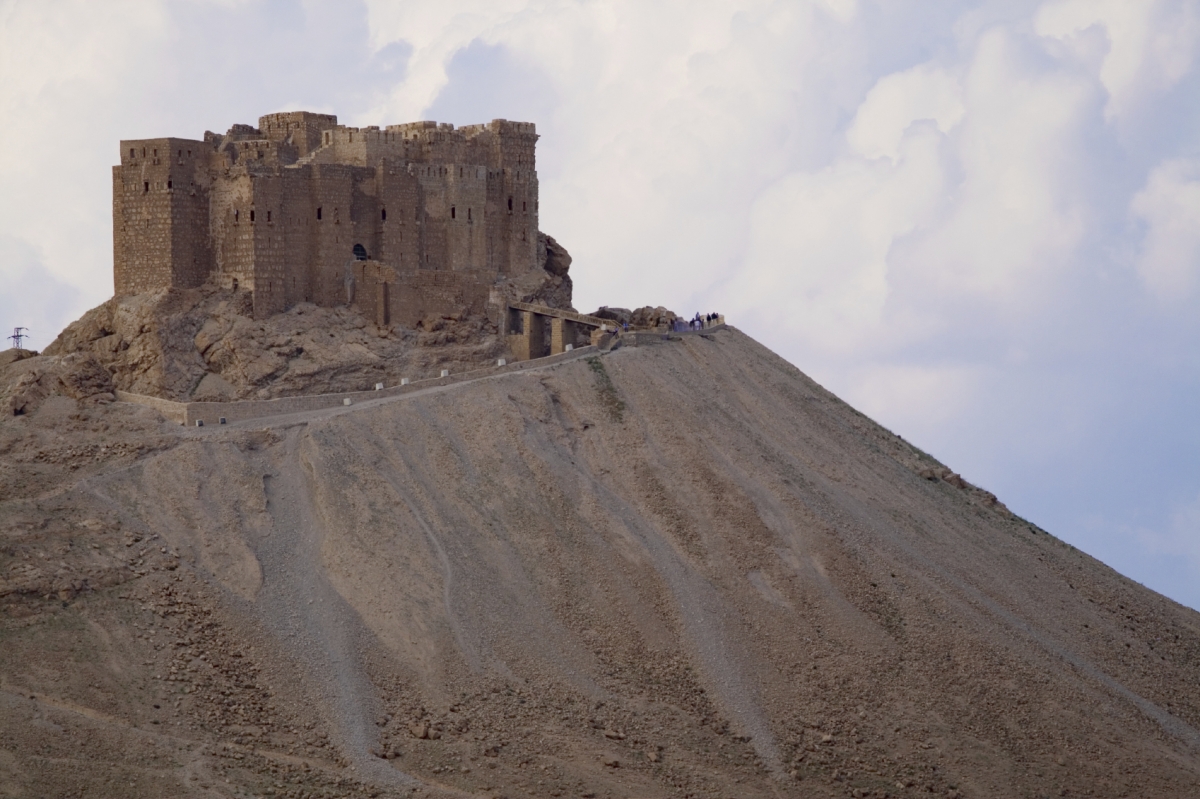
Palmyra is only one of numerous archaeological sites that have suffered the ravages of the war. Abandoned Byzantine towns, mosques, Christian monasteries and crusaders castles scattered across the country are among monuments defaced during the conflict.
The 2nd century Roman amphitheatre in the town of Bosra in the southern Daraa province has been the set for scenes of fierce fighting between rebels and regime troops in recent months. According to Apsa in December government forces dropped two barrel bombs that wreaked havoc at the Unesco protected site.
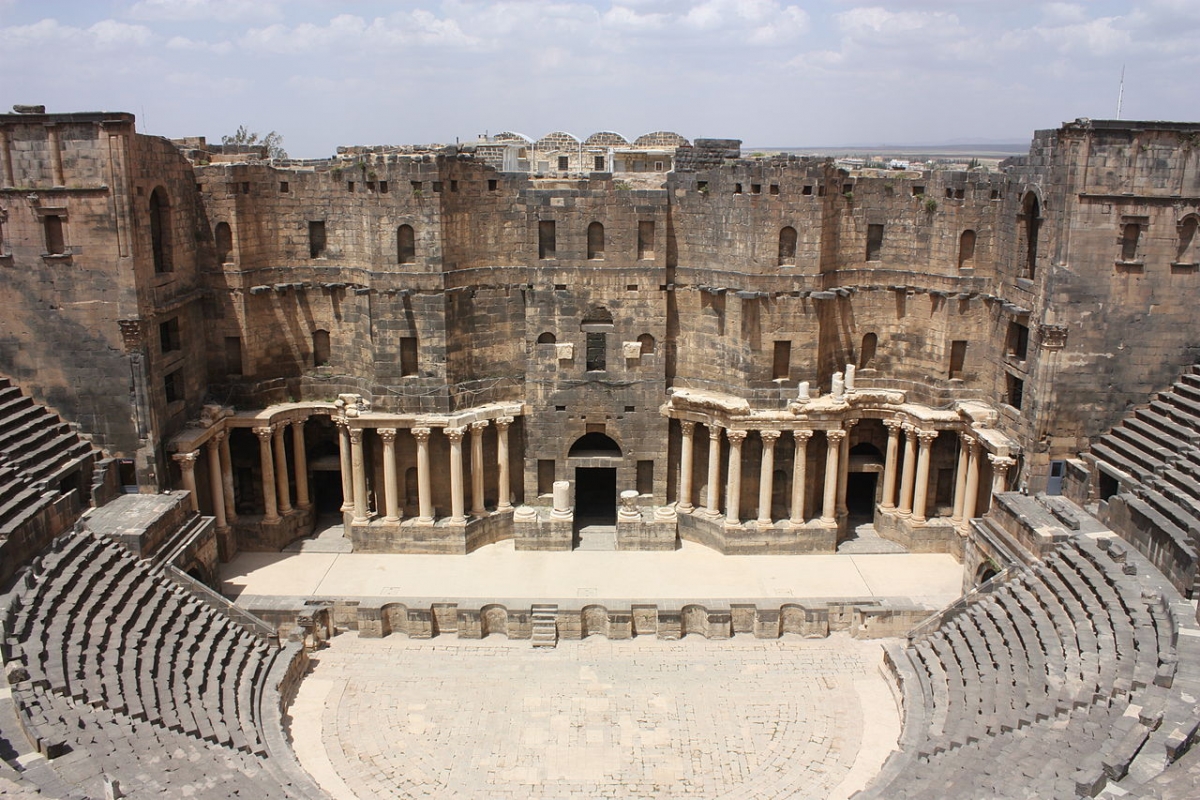



Similarly, a regime bombing in June 2015 was to blame for the partial demolition of the Archaeological Museum of the Marat al-Numan, a strategic city between Hama and Aleppo held by secular rebels, the group said.
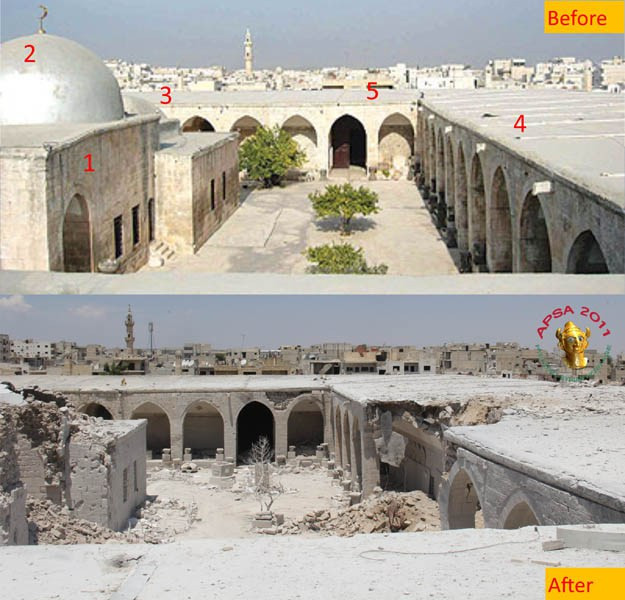
Russian warplanes were instead responsible for heavy damages sustained by the north-western Byzantine Dead Cities of Chemshara and Sergilla, and the Ottoman era Agha Jaq mosque in Aleppo, whose Old City has been largely devastated by fighting.
According to Makinson it will take years only to assess the damages caused by the conflict after IS is defeated and all hostilities end.
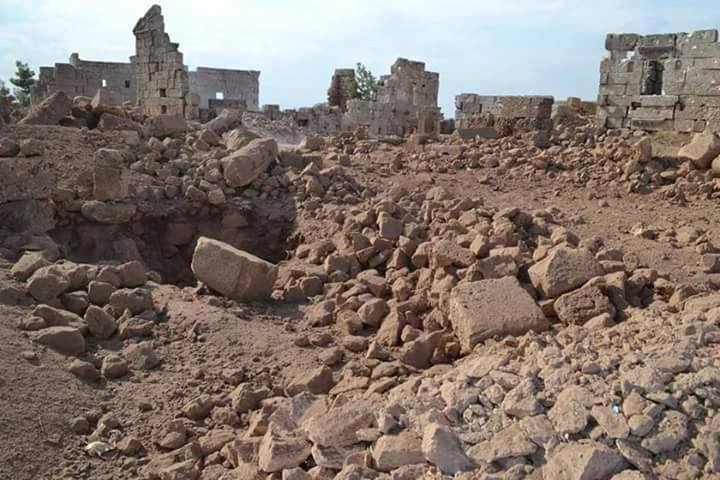


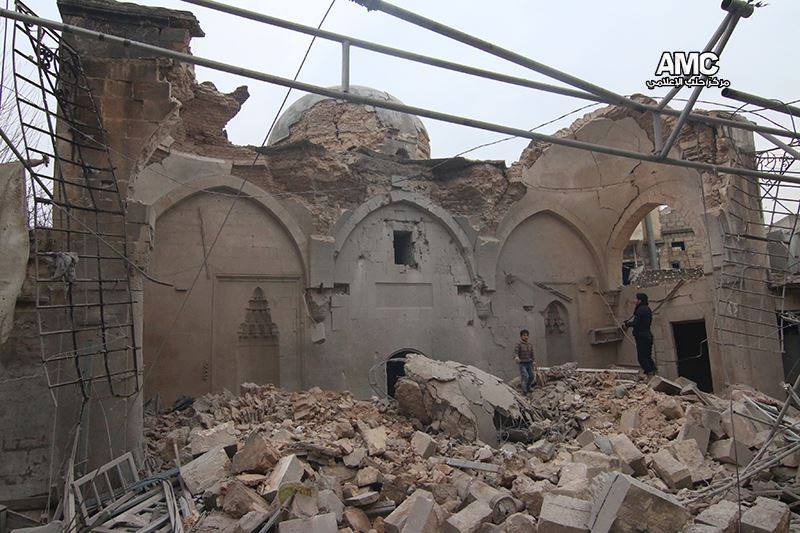
© Copyright IBTimes 2025. All rights reserved.






















